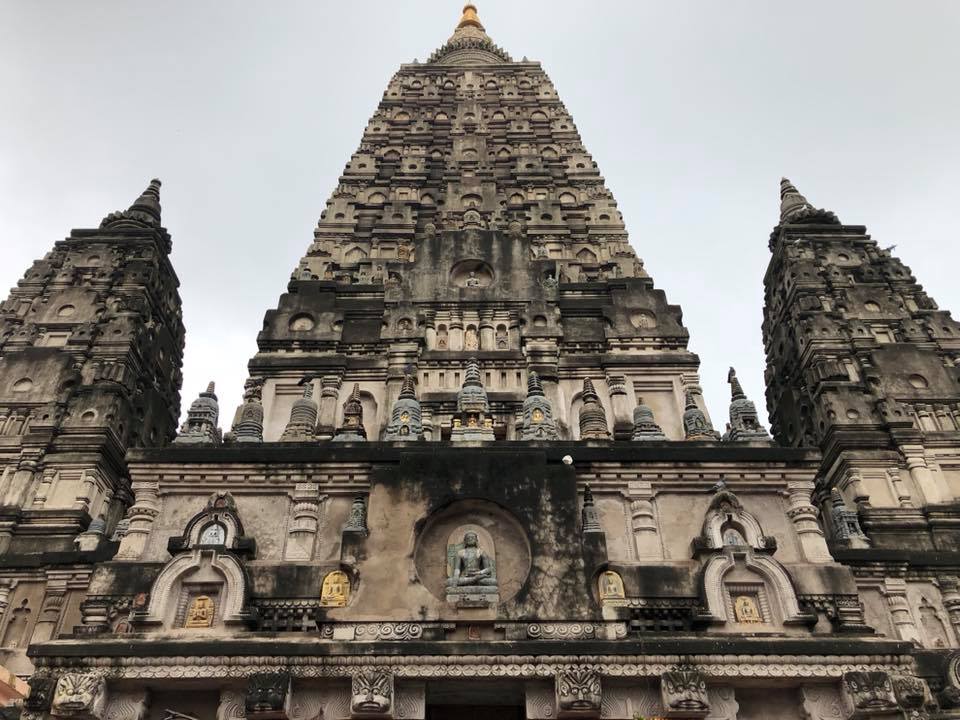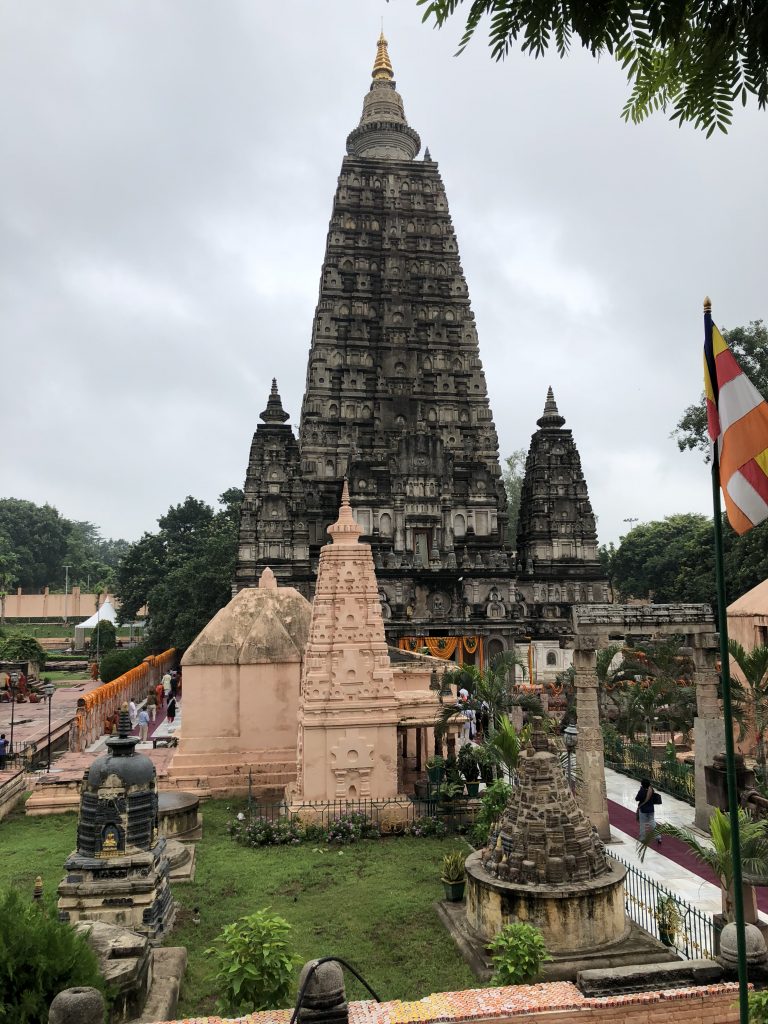As children of the Buddha, we believe that the homeland of this world’s dispensation (sasana) is India. The reason for this grand claim, which Buddhists around the world accept, is because the Buddha attained enlightenment in the spot under the Bo Tree, where Maha Bohi Temple stands today. It is therefore with great reluctance that any foreign observer notes the managerial difficulties Maha Bodhi Temple has endured over the years.
The recent scandal of the arrest of monk Shanghpriya Sujoy only highlights the urgent need to re-examine the kind of management culture pervading Buddhist institutions in the area of Bodh Gaya, as well as the kind of much-needed encouragement and input that Buddhist leaders from around the world can offer Indian Buddhist leaders. India gave the world Buddhism, it’s true. However, given the ruptures of the past few centuries, perhaps the Buddhist world beyond India also has something to offer the gradual, slow recovery of the sasana in its homeland.
Some might say that the advice of foreign Buddhist leaders, if couched inappropriately, is unwelcome. It is not hard to see why some nationalists within India raise eyebrows at how one of the country’s most holy sites sees more foreign visitors and pilgrims in a month than practicing Indian Buddhists in a year. However, the correct framing of this exchange needs to be exactly that: a back-and-forth dialogue between Buddhist equals.
What any self-respecting Buddhist leader (Indian or no) wants is a meaningful say over the Maha Bodhi Temple Management Committee (MTMC), the most important organ governing the care of Maha Bodhi Temple, and the prerogative to directly liaise with the Archaeological Survey of India, the country’s primary body for preservation of heritage sites. Of course, it goes further than that. India cannot truly be a home for Buddhists if the Bodh Gaya area around Maha Bodhi looks more like a enclave of “siloed” temples built by foreign Buddhist institutions. It needs its own Buddhist community, complete with pastoral providers and upgraded infrastructure.
For too long this has been simply framed as a problem that would be solved if only a Buddhist, rather than a Hindu, were involved in managing Maha Bodhi. Indeed, in 2013, an amendment to the Bodh Gaya Temple Act of 1949 was passed and allowed a non-Hindu to head the temple committee. This only sets things partially right, since just because someone is a Buddhist does not mean they are qualified to lead. As the joke goes in Indian media, the position of chief priest at Maha Bodhi is cursed thanks to a succession of early resignations. In 2008, an ostensibly Buddhist monk, Bodhipala, was forced to leave due to longstanding accusations of complicity in the cutting of several branches of the Bo Tree. As a side note, I find it risky that an individual with such baggage can be considered to lead any other religious organizations, such as the Bauddha Dharmankur Sabha, a Buddhist association in Bengal with over a century of history.
The quality of the leaders governing Maha Bodhi aside, there needs to be more open dialogue between Buddhist leaders of different schools and the MTMC. The abbots of resident temples in the Maha Bodhi complex could possibly be one source from which these dialogue partners might be selected or elected (obviously, more comprehensive criteria need to be sought, but we should attempt to start somewhere). The results of such dialogue should then influence the policies of the Archaeological Survey of India and, more broadly, the relevant ministries of the government like the Ministry of Tourism or the Ministry of External Affairs. This “snowballing” of positive and constructive feedback would be the catalyst for true, lasting reform in the right direction.
The current situation of Buddhism in India is one that was created within the country many centuries ago and continues to be a home-grown issue. Suggestions and critiques do not, of course, imply any disdain or disrespect of Indian control of the centre of the Buddhist world. Maha Bodhi Temple is on Indian soil and should be managed by Indians. However, if India wishes to share this “universal” landmark, the holiest site of Buddhism, with the world, should there not be special channels of communication and exchange established?
What is sought is a dialogue that will reverberate through multiple levels of civil society, so that Maha Bodhi and Bodh Gaya (and, in time, other Buddhist sites) will enjoy the care, preservation, and tourism and pilgrimage it deserves – for both India and the Dharma.


